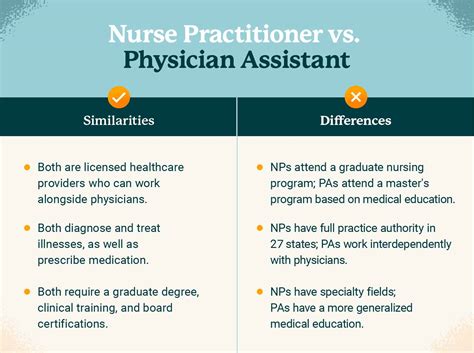Introduction
The healthcare industry is vast and complex, offering a wide range of career opportunities. Two highly sought-after professions within this field are physical therapy (PT) and nursing. While both PTs and nurses play vital roles in patient care, there are distinct differences between these professions in terms of education, scope of practice, and career outlook. This article will delve into a comprehensive comparison of PT vs nursing, providing insights into the unique aspects of each profession.

Education
Physical Therapy:
– Requires a Doctor of Physical Therapy (DPT) degree, which typically takes 3 years to complete.
– Programs include coursework in anatomy, physiology, biomechanics, and rehabilitation sciences.
– Extensive clinical rotations are required to gain hands-on experience.
Nursing:
– Typically requires a Bachelor of Science in Nursing (BSN) degree, which takes 4 years to complete.
– Programs cover nursing theory, pathophysiology, pharmacology, and clinical skills.
– Clinical rotations provide supervised practice in various healthcare settings.
Scope of Practice
Physical Therapy:
– Evaluates, diagnoses, and treats movement disorders and injuries.
– Uses physical interventions such as exercise, manual therapy, and modalities to improve mobility, function, and reduce pain.
– Works with patients across the lifespan, from infants to the elderly.
Nursing:
– Provides direct patient care, including assessment, planning, implementation, and evaluation of care plans.
– Administers medications, monitors patients, and provides emotional support.
– Works in various healthcare settings, including hospitals, clinics, and community health organizations.
Career Outlook
Physical Therapy:
– The U.S. Bureau of Labor Statistics (BLS) projects a 25% growth in the demand for PTs by 2030.
– PTs are in high demand due to the increasing prevalence of chronic conditions and the aging population.
Nursing:
– The BLS also projects a 9% growth in the demand for nurses by 2030.
– Nursing is a highly in-demand profession due to the growing healthcare needs of the population.
Salary and Benefits
Physical Therapy:
– According to PayScale, the average annual salary for PTs in the United States is $93,990.
– Benefits may include health insurance, retirement plans, and professional development opportunities.
Nursing:
– PayScale reports that the average annual salary for nurses in the United States is $73,550.
– Benefits may include health insurance, retirement plans, and tuition assistance.
Skills and Qualifications
Physical Therapy:
– Strong knowledge of anatomy, physiology, and biomechanics.
– Excellent communication and interpersonal skills.
– Physical endurance and dexterity.
Nursing:
– Clinical knowledge and skills in patient care.
– Compassion, empathy, and a caring nature.
– Critical thinking and problem-solving abilities.
Conclusion
Both PTs and nurses play essential roles in the healthcare system. Physical therapists focus on restoring and maintaining physical function, while nurses provide comprehensive patient care. While there are differences in education, scope of practice, and career outlook, both professions offer rewarding and fulfilling career paths. The choice between PT and nursing ultimately depends on the individual’s interests, skills, and aspirations.
Frequently Asked Questions
What are the key differences between PTs and nurses?
PTs focus on the assessment and treatment of movement disorders, while nurses provide holistic patient care. PTs require a DPT degree, while nurses typically obtain a BSN degree.
Which profession has a better career outlook?
Both PTs and nurses have strong career outlooks, with projected growth in demand in the coming years.
Which profession pays more?
Physical therapists generally earn higher salaries than nurses. However, salaries can vary depending on experience, location, and employer.
What are the common career paths for PTs and nurses?
Physical therapists can work in clinics, hospitals, schools, and private practice. Nurses can work in hospitals, clinics, community health centers, and long-term care facilities.
Tables
Table 1: Education Requirements
| Profession | Degree | Duration |
|---|---|---|
| Physical Therapy | Doctor of Physical Therapy (DPT) | 3 years |
| Nursing | Bachelor of Science in Nursing (BSN) | 4 years |
Table 2: Scope of Practice
| Profession | Primary Focus | Interventions |
|---|---|---|
| Physical Therapy | Movement disorders and injuries | Exercise, manual therapy, modalities |
| Nursing | Direct patient care | Assessment, planning, implementation, evaluation |
Table 3: Career Outlook
| Profession | Projected Growth |
|---|---|
| Physical Therapy | 25% by 2030 |
| Nursing | 9% by 2030 |
Table 4: Salary and Benefits
| Profession | Average Salary | Benefits |
|---|---|---|
| Physical Therapy | $93,990 | Health insurance, retirement plans, professional development opportunities |
| Nursing | $73,550 | Health insurance, retirement plans, tuition assistance |
